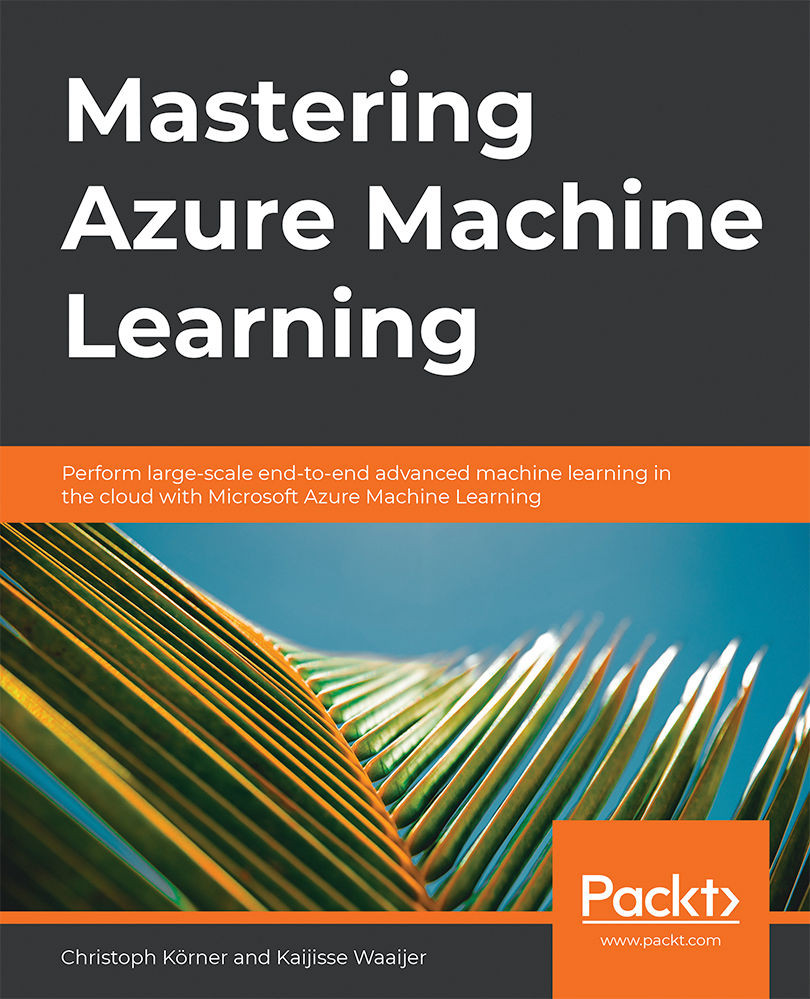In the previous chapter, we learned how to build efficient and scalable recommender engines through feature engineering, NLP, and distributed algorithms. Collaborative filtering is a popular approach for finding other users who rated similar products in a similar way, whereas content-based recommendations use a feature engineering and clustering approach. Therefore, you could combine all the methodologies that we have covered up until now to build even better hybrid recommenders.
In this chapter, we will tackle the next step after training a recommender engine or any machine learning (ML) model: we are going to register, deploy, and operate the model. Hence, we aim to jump from here is my trained model, what now? to packaging the model and execution runtime, registering both in a model registry, and deploying them to an execution environment.
First, we will take a look at an enterprise-grade model deployment of trained...



 Free Chapter
Free Chapter
